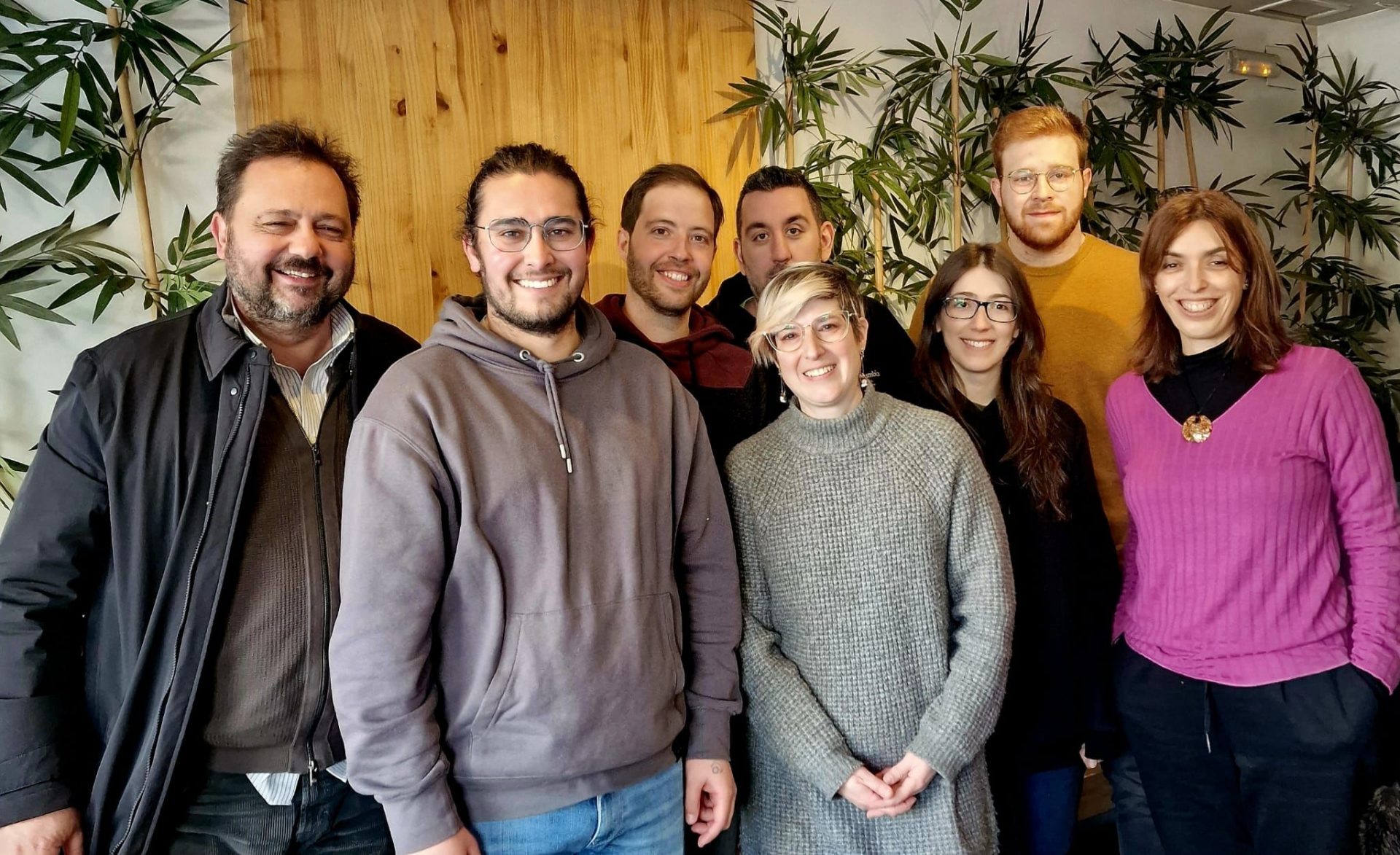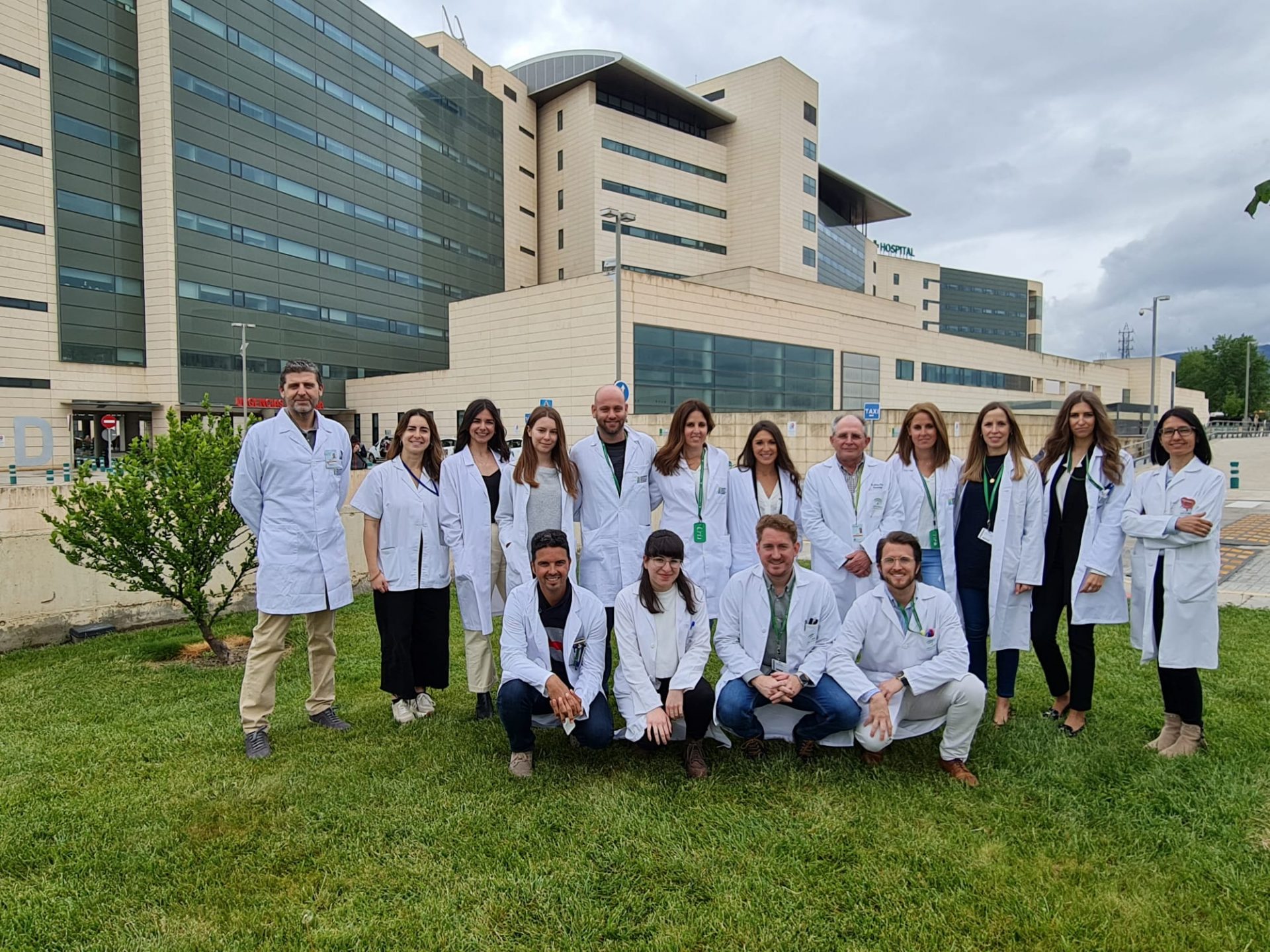
This platform, featured in the prestigious Biosensors & Bioelectronics journal, presents results comparable to those of standard laboratories and has been validated in its measurement of various important compounds, such as glucose and pH
Scientists from the multidisciplinary research group ECsens of the University of Granada (UGR) have developed and tested a new system that enables a large number of chemical analysis techniques to be performed in situ, using a smartphone.
This analytical platform, featured in the prestigious journal Biosensors & Bioelectronics, presents results comparable to those achieved using commercial instruments and has been validated in its measurement of various important compounds, such as glucose and pH.
Chemical analysis techniques—such as those used in clinical analyses for personal health purposes, water and food testing, and environmental monitoring—are typically performed in well-resourced laboratories by qualified personnel using equipment that is often bulky and expensive. One obvious step toward making these chemical analysis techniques more widely available would be to find a means to enable even untrained personnel to conduct them, in any location, in the proximity of the sample to be analysed, delivering performance that would ensure the results of the measurements were useful.
In this sense, fast and portable diagnostic instruments for in situ analysis could provide a very interesting alternative to standard laboratories, reducing the need for costly infrastructure and applicable even in poorly-resourced areas. It is estimated that the market for this type of instrument will reach approximately 40,000 million Euros by 2022.
In the quest to bring technologies closer to the end-user, one particular tool that is increasingly being used for wider purposes than those originally conceived is the mobile phone. Such devices are now, in effect, compact but powerful pocket-sized computers with high-performance cameras, various sensors, and multiple communications capabilities (Bluetooth, WiFi, and mobile networks). Due to their use as a means of payment, mobile phones are equipped with another short-range communication link for reading credit cards and RFID tags, more properly known as near-field communication, or NFC.
Ten years of using mobile phones
The multidisciplinary research group ECsens of the University of Granada, which has 20 years’ experience in the design of electronic instrumentation and sensors, has been working with mobile phones for the last ten years as an affordable tool for chemical (bio) analysis.
In this particular study, they developed and tested a complete system for performing chemical analysis techniques in situ, consisting of electronic circuitry and electrodes with chemical sensors to measure the compound in question, coupled to a mobile phone. The phone provides the energy and the communication channels necessary to configure each measure and to process and transmit the information wherever it is useful.
The main contributions of the design produced by the UGR include its compact size and the programming of an Android app that enables it to be used by non-specialists via an intuitive menu. To operate, the entire system only requires a functioning mobile phone battery, via the NFC link, with no need for any additional plugs or batteries.
It is important to note that this system was produced entirely with components and electrodes readily available in the market, and it therefore offers extensive scope for the technology to be more widely disseminated.
The platform delivers results comparable to those of standard laboratories, and its applicability extends to any compounds that can be measured by means of classical electrochemical analytical techniques, which are very common in this area.


Bibliography:
Pablo Escobedo, Miguel M. Erenas, Antonio Martínez-Olmos, Miguel A. Carvajal, Sara Gonzalez-Chocan, Luis Fermín Capitán-Vallvey, and Alberto J. Palma. ‘General-purpose passive wireless point-of-care platform based on smartphone’, Biosensors & Bioelectronics 141 (2019) 111360, https://doi.org/10.1016/j.bios.2019.111360.
Media enquiries:
Alberto José Palma López
IMUDS, CITIC-UGR, Excellence in Chemistry Unit
Department of Electronics and Computer Technology, School of Computer and Telecommunication Engineering (ETSIIT), University of Granada
Tel.: +34 958 242300
Email: ajpalma@ugr.es
Luis Fermín Captain Vallvey
Excellence in Chemistry Unit
Department of Analytical Chemistry, Faculty of Science, University of Granada
Tel.: +34 958 248436
Email: lcapitan@ugr.es
ECsens Research Team website: http://wpd.ugr.es/~ecsens/



